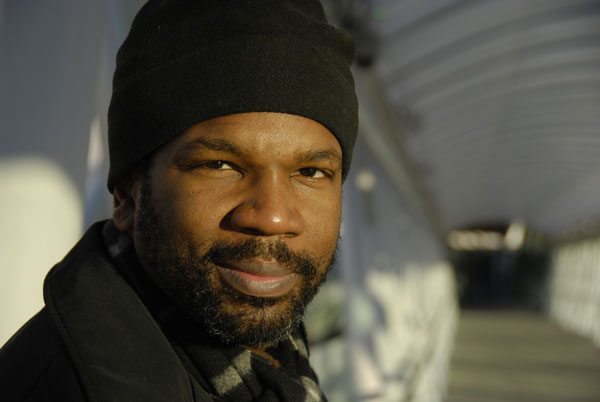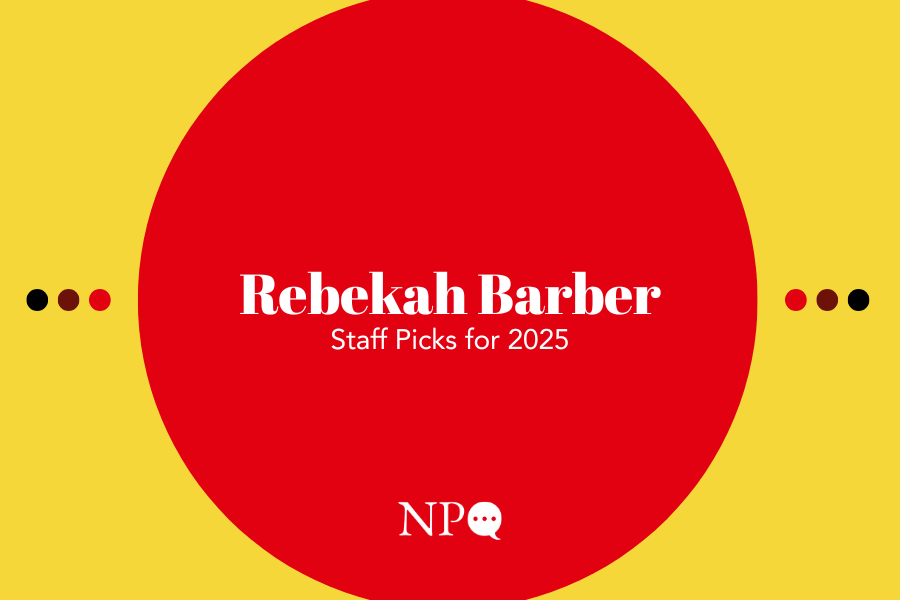
October 10, 2017; Inside Higher Ed
At Pennsylvania’s York College, attendance at one controversial exhibit has been limited to students, faculty, staff, and selected invited guests.
The exhibit features a mix of artistic creations, such as a series based on Ku Klux Klan robes, but in colors and patterns that will surprise those expecting white only. There are also images of lynchings and artifacts, such as a branding iron used on runaway slaves who were captured. Some of the artifacts include the use of racist language, such as a cartoon from 1860 called “The Nigger and the Tiger.”
Pamela Gunter-Smith, the president of York, says that the decision to open the race-focused exhibit by artist Paul Rucker when it was scheduled—shortly after the violence in Charlottesville, Virginia—was for her, “as a woman of color, a damned if you do, damned if you don’t” decision. She says that while the college was confident it could provide the proper context to the attending students, she could not make the same assumption about their ability to contextualize the exhibit to the general public.
Hunter O’Hanian, executive director of the College Art Association, questions the decision:
Sign up for our free newsletters
Subscribe to NPQ's newsletters to have our top stories delivered directly to your inbox.
By signing up, you agree to our privacy policy and terms of use, and to receive messages from NPQ and our partners.
It’s curious why an educational institution would mount an exhibition that can only be seen by those with valid IDs and their guests. It seems they do not believe that the general public is capable of seeing the work and understanding the context in which it is presented. I’m not sure what information they have that leads them to believe their student body has more ability in handling the work than the general public. One also wonders what steps they have taken to provide the proper context for the work, if needed. It just doesn’t seem to make sense.
Rucker himself was disappointed by the limited access.
The students at York have been amazing and supportive. They’ve come to the show and special events in large numbers. The frustration I have with the institution is deeply rooted in the missed opportunity, and the “concern for safety” rooted in fear.
Moreover, he’s comfortable with the discomfort caused by his art. “I do this work for the sake of dialogue and discussion,” he said. “I’m not a commercial artist.”—Ruth McCambridge











